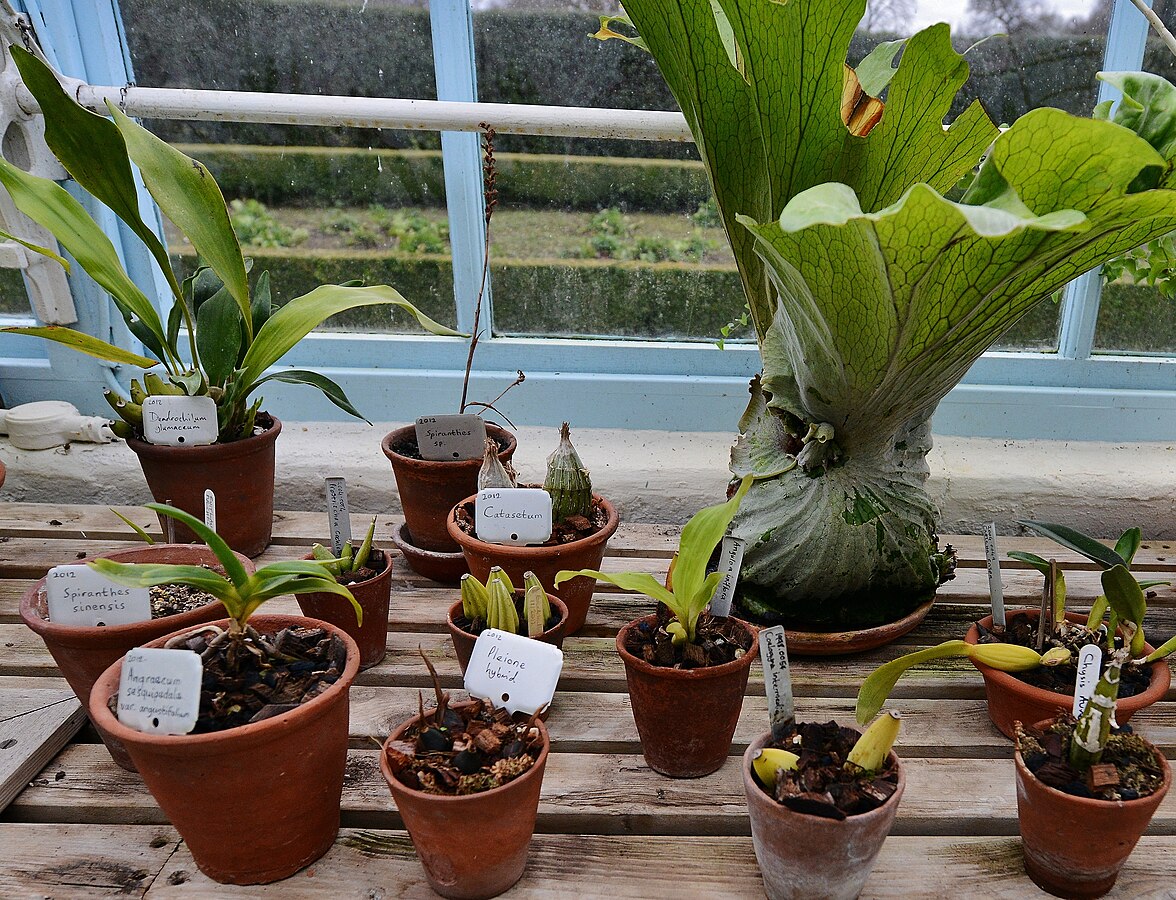Summary of How Home Plants Improve Air Quality By Filtering Toxins:
Plants in residences can improve both mood and air quality. This is because plants use photosynthesis to filter the air and release oxygen. Plants remove airborne pollutants that can cause health problems such as itchy throats and cancer. Research has shown that certain plants can reduce nitrogen dioxide by up to 20%. They can also remove toxic petrol fumes, including cancer-causing compounds, from indoor air. However, one plant alone cannot significantly improve air quality; multiple plants are needed.
1. Plants help improve air quality through photosynthesis, which involves the conversion of sunlight, water, and carbon dioxide into oxygen.
2. Plants have respiratory systems and continuously work to remove airborne pollutants that can cause health problems.
3. Indoor plants can reduce nitrogen dioxide (NO2) levels, with some plants removing up to 20% of NO2 in a test chamber.
4. Certain plants can effectively remove toxic substances, including cancer-causing compounds, from indoor air.
Most people think of air purifiers and ventilation systems when improving air quality. However, did you know that the plants you keep in your home can significantly impact the air you breathe? That’s right – plants not only enhance the mood and aesthetics of your space but also filter out toxins, making the air cleaner and healthier for you.
The process by which plants improve air quality is known as photosynthesis. Plants use photosynthesis to create oxygen through sunlight, water, and carbon dioxide. This means that all plants contribute to air filtering by taking in carbon dioxide and releasing oxygen. It’s a natural process that helps to sustain life on Earth.
Plants have respiratory systems similar to humans and animals. They take in air and filter out pollutants that may be present, such as xylene, benzene, and formaldehyde. These airborne particles can come from vehicle exhaust, cigarette smoke, household cleaners, and even rubber or leather products. Although invisible to the naked eye, these toxins can harm our health.
Fortunately, plants can harness and neutralize these toxins, releasing pure oxygen back into the air. This process improves air quality and reduces the risk of health problems associated with airborne pollutants. From itchy throats to more serious illnesses like cancer, the presence of plants in our homes can make a significant difference.
While it’s true that any plant can contribute to air filtering, having just one plant in the corner of your house may not be enough to see noticeable improvements in air quality. To truly experience the benefits of clean air, you’ll need various plants distributed throughout your space. The more plants you have, the better the air quality will be.
In addition to their general air-filtering capabilities, certain plants are particularly effective at removing specific pollutants. A study by the University of Birmingham and the Royal Horticultural Society (RHS) found that some houseplants can reduce nitrogen dioxide (NO2) levels by up to 20%. NO2 is a harmful gas often emitted by vehicles and industrial processes, and its presence can contribute to respiratory issues and other health problems.
The researchers tested three common houseplants for their ability to remove NO2: the Peace lily, Corn plant, and fern arum. Regardless of the plant species, all three were able to remove approximately half of the NO2 present in a test chamber over one hour. Notably, the effectiveness of the plants was not affected by factors like humidity or soil moisture.
Moreover, plants have been found to efficiently remove toxic petrol fumes, including cancer-causing compounds, from indoor air. A study led by the University of Technology Sydney and in partnership with Ambius, a leading landscaping solutions company, revealed that a small green wall containing a mix of indoor plants successfully removed 97% of the most toxic compounds from the air within eight hours. One of the cancer-causing chemicals that plants can eradicate is benzene, a known harmful substance.
In conclusion, the power of plants to improve air quality is undeniable. From their ability to filter out toxins through photosynthesis to their capacity to reduce nitrogen dioxide levels and remove cancer-causing compounds, plants offer a natural and effective solution for cleaner, healthier indoor environments. So, next time you’re considering ways to enhance your indoor space, don’t forget to include some green companions that bring beauty and contribute to the quality of the air you breathe.

